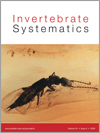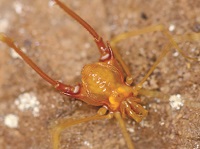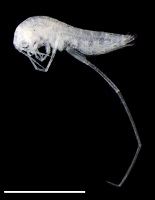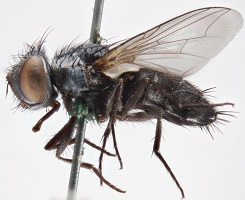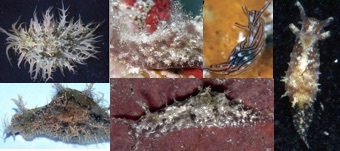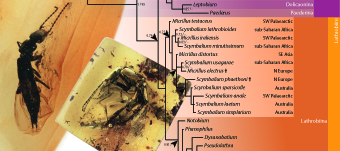
For the first time, paederine rove beetle fossils from Baltic amber are included in a statistical phylogenetic analysis, resulting in the description of two new species (Micrillus electrus, sp. nov.; Scymbalium phaethoni, sp. nov.). The analysis showed that the extant genera Micrillus and Scymbalium are not monophyletic and confirmed that they form a lineage outside the subtribe Lathrobiina, wherein they were classified. The disjunct distribution and ecological preferences of the lineage indicate the diverse palaeoenvironment of the Eocene amberiferous forest.


